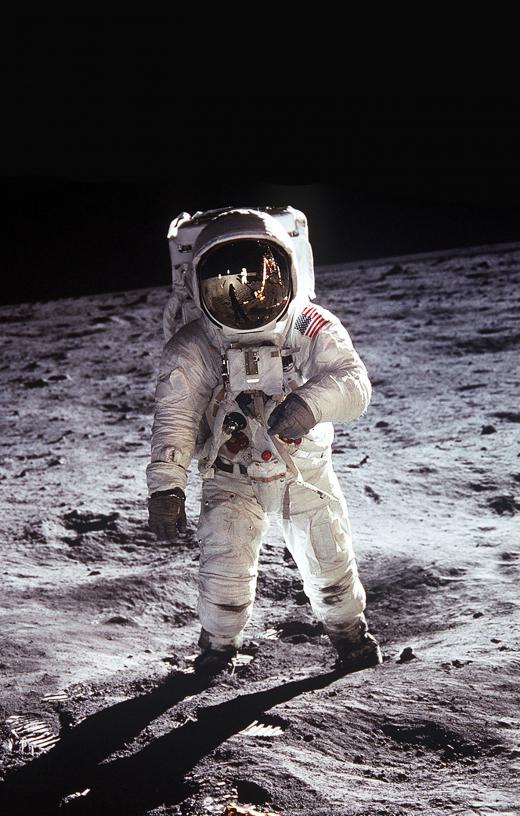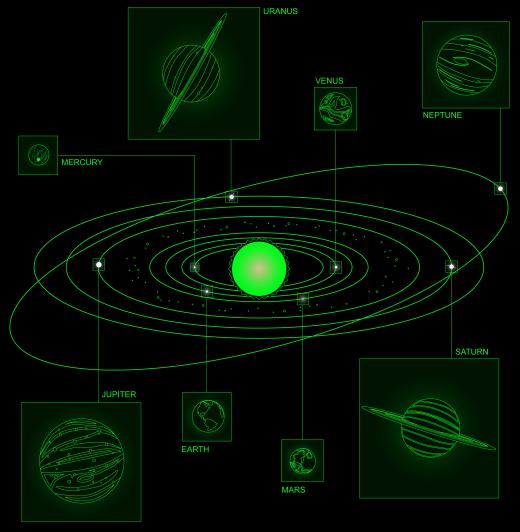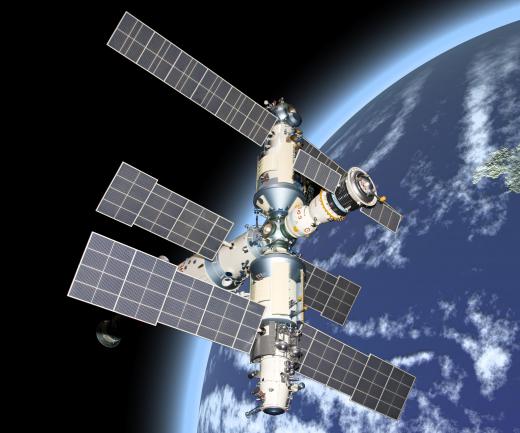What Types of Space Colonies Have Been Proposed?
 Michael Anissimov
Michael Anissimov
Proposed space colonies can be broken down into three general categories; colonies on satellites or asteroids, colonies on other planets (though one might not consider these "space colonies", per se), and entirely artificial space colonies.
Science fiction writers have discussed these possibilities almost since the beginning of the craft itself. For example, in 1869, Edward Everett Hale wrote The Brick Moon, a story about an artificial space station made from brick. In 1929, Dr. John Desmond Bernal conceived of the Bernal sphere, a rotating space colony with a diameter of approximately 15 kilometers (9.3 miles), filled with air and colonized around the equator, where the rotation of the colony would create centrifugal force to simulate Earth's gravity.

In the 60s and 70s, speculation and research into the possibility of space colonies experienced a renaissance, brought on by the Space Race. One of the most prominent thinkers participating in the design and advocacy of space colonies was Princeton physicist Gerard O'Neill, who in 1969 asked the provocative question, "Is the surface of a planet really the right place for an expanding technological civilization?" Throughout the 70s, O'Neill led workshops that investigated several proposed space colony designs in great detail. A NASA Summer Study in 1975 investigated three primary designs, dubbed Island One, Island Two, and Island Three. All three are based on the premise of a self-sustaining, artificial ecology within the station, called an arcology.

Island One was the Bernal sphere, an enclosed design (good for protecting against radiation), excepting the poles, which would be left open to allow mirrors to redirect sunlight from the outside to the interior of the colony. Island Two was the Stanford torus, a mile-wide torus spinning to produce artificial gravity on the inner side of the ring. The center of the torus could then serve as a convenient docking station for spacecraft approaching via the poles. Island Three was the O'Neill cylinder, a spinning tube designed to hold 10,000 people. This design is probably the most popular space colony portrayed in sci-fi.

Non-spinning designs are generally presented with the condition that humans and our supporting ecologies can adapt or be reengineered to function in continuous zero-gravity. This possibility is attractive because designs lacking the requirement of artificial gravity can take greater advantage of a given volume of space and material. Author Marshall T. Savage proposed the idea of inflatable bubbles in his book The Millennium Project, modular units that would use a skin of water for radiation shielding and be connected together in vast, open-ended networks. Instead of depending on human workers for fabrication and installation, advanced space colonies might employ advanced robotics to maintain space colonies and create new ones.

It is commonly acknowledged that space colonies will one day be created, whether for commercial, military, economic, or personal reasons. If space colonies possess the ability to produce new space colonies, and travel long distances to obtain resources for this purpose, the eventual result could be the colonization of the entirety of our inhabitable universe. This process would begin with the creation of the first self-sustaining space colony, an event many see as likely to happen before the year 2040.
AS FEATURED ON:
AS FEATURED ON:
















Discuss this Article
Post your comments